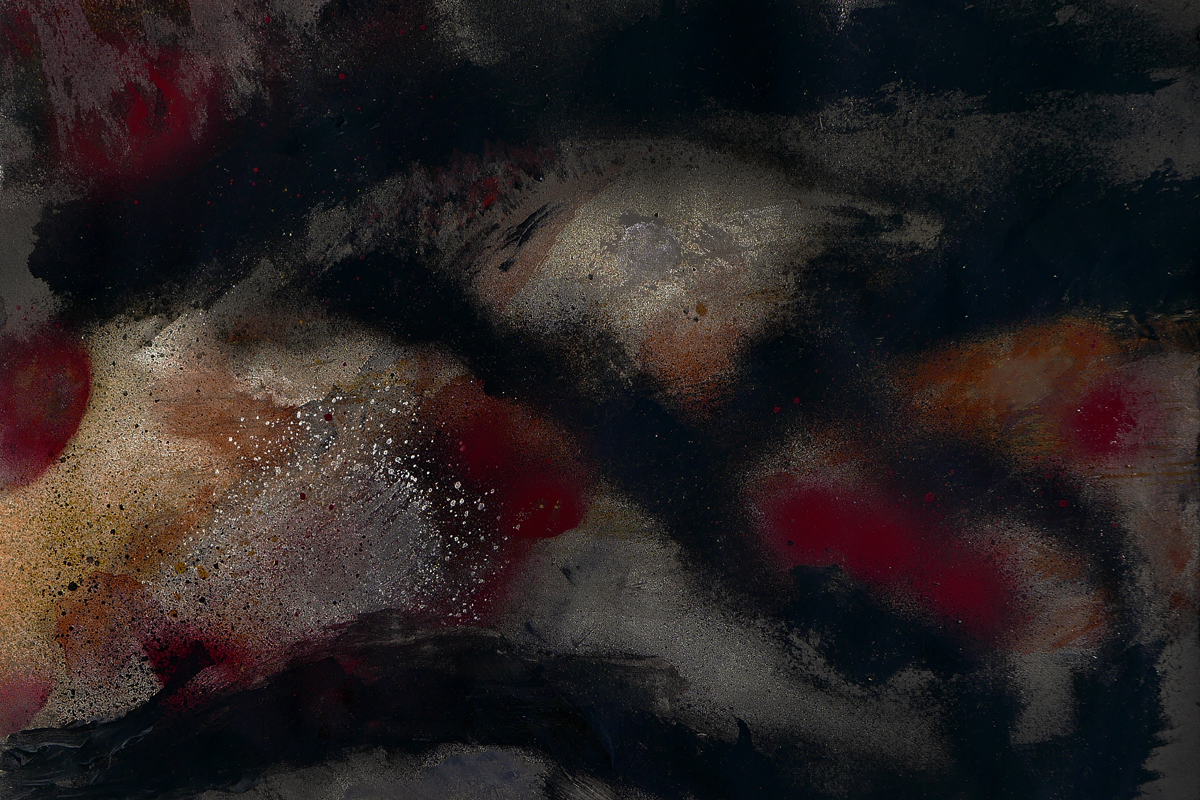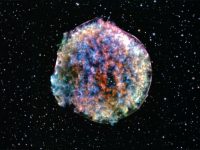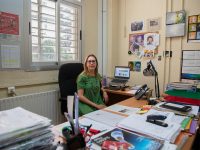Violent universe
High-energy astrophysics and cosmology in the twenty-first century

We see the sky and admire its regularity and stability, its apparent immutability. We have always done so; it does not come as a surprise, since humans have always been startled by any change in the sky, associating it with omens or the mood swings of gods. At that time, they might call these changes «new stars», even if they were, for example, a supernova explosion, as in the case of Tycho’s supernova in the sixteenth century.
Currently, the development of science and technology allows us to observe the sky not just with our eyes, limited to «visible light», but also in all bands of the electromagnetic spectrum. In addition, we are able to detect incoming neutrinos and, since very recently, even the elusive (and so difficult to measure) gravitational waves. The information provided by these different inputs does not describe a stable and quiet sky. Quite on the contrary, reality is dreadful and shocking. Therefore, if we see the sky as a calm place it is because our surroundings luckily are. Beyond, there is a violent universe.
This monograph tries to accompany the reader on a journey across the most extreme scenarios in the cosmos and its greatest still unanswered questions, both from a global cosmological perspective and from each particular case, taking also into account philosophical and artistic considerations. Dear reader, we hope that the documents collected in this monograph will arouse your curiosity and, as the poet once said, will make you discover «a port your eyes ignored».





